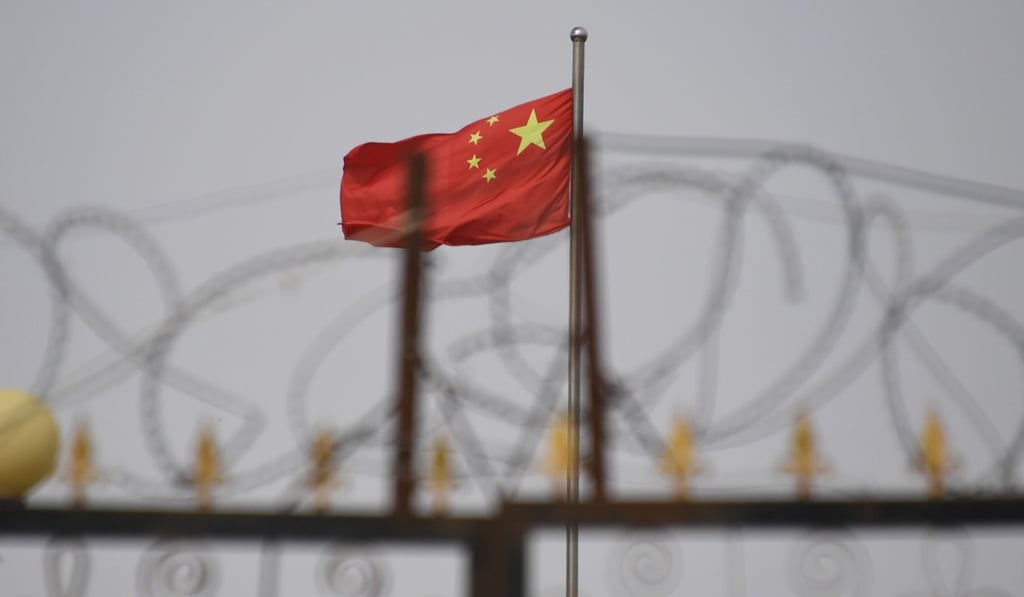Review | An ‘Orwellian nightmare’ in Xinjiang – how China concocted an Islamic terror threat of its own
- China conveniently created the narrative of a Uygur Muslim terror threat in Xinjiang after 9/11, a sceptical Nick Holdstock writes in China’s Forgotten People
- Updated edition covers mass internment of Uygurs since 2014, when documented terror attacks occurred, and the world’s largely indifferent response

China’s Forgotten People: Xinjiang, Terror and the Chinese State, by Nick Holdstock, I.B. Tauris, 4 stars
When the Chinese government declared itself a “victim of international terrorism” a month after the September 11, 2001, attacks in the United States, it should have come as no surprise, according to veteran author and journalist Nick Holdstock.
“At first glance they had all the key ingredients necessary to make such a claim: a string of violent incidents linked to a Muslim ethnic group concentrated in a region close to Pakistan and Afghanistan,” Holdstock writes in China’s Forgotten People: Xinjiang, Terror and the Chinese State.
Holdstock cites an official Chinese white paper published in January 2002 used to strengthen its argument. Titled “East Turkestan terrorist forces cannot escape with impunity”, the document claimed more than 200 terrorist incidents had taken place inside the restive Xinjiang region of northwest China between 1990 and 2001.

But Holdstock is sceptical of these claims, finding the government’s timing too convenient and “many inconsistencies and questionable assertions” in its report. He believes this was a turning point that “helped to establish the narrative of a Uygur terrorist threat” in Xinjiang.